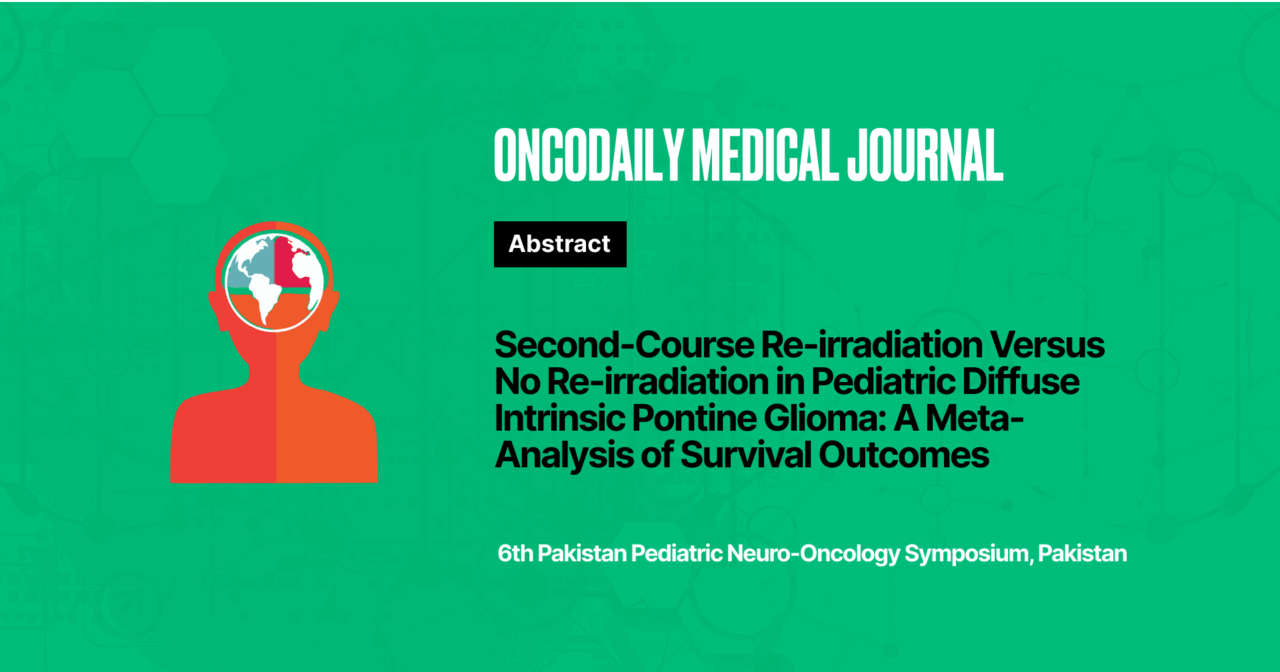Second-Course Re-irradiation Versus No Re-irradiation in Pediatric Diffuse Intrinsic Pontine Glioma: A Meta-Analysis of Survival Outcomes
Abstract
Introduction: Diffuse intrinsic pontine glioma (DIPG) presents in 1–2 cases per million children annually. Upfront radiation therapy (RT) is the only proven treatment for DIPG, despite which relapse is common. Survival benefits of re-irradiation (re-RT) have been studied priorly in a smaller, single-arm meta-analysis, but our study is the first comparing re-RT versus single-course RT.
Methodology: Our study followed PRISMA guidelines. A comprehensive search was conducted through PubMed, Medline, ScienceDirect, and Cochrane Library up to June 21, 2025. Quality assessment was done using the Newcastle Ottawa Scale. Overall Survival (OS) from diagnosis, Progression-Free Survival (PFS) from first radiation, 1-year OS, and post-progression OS were analyzed. A random-effects model was used on RevMan 5.4.1 with heterogeneity assessed via I², and statistical significance set at p < 0.05.
Results: 7 retrospective cohort studies (597 pediatric DIPG patients) were included. Of these, 236 patients received re-RT, and 361 received only initial RT. Pooled analysis found that OS from diagnosis showed a significant benefit with re-RT with a standard mean difference (SMD) of 1.35 (95% CI: 0.80–1.91; P < 0.00001). One-year OS also significantly favored re-RT (RR: 1.89; 95% CI: 1.28–2.79; P = 0.001). PFS showed a non-significant trend favoring re-RT (SMD: 0.32; P = 0.10).
Conclusions: Despite improved OS, re-RT in DIPG lacks standardized protocols. The increase in PFS being statistically insignificant raises doubts about the quality of the added survival time. Targeted quality-of-life assessments will determine whether re-RT survival benefits are truly patient-centered.
Conflict of Interest: None
Funding: None
Disclosure statement: None
License: This article is published under the terms of the Creative Commons Attribution 4.0 International License (CC BY 4.0).
©️ Hadiya Javed, 2025. This license permits unrestricted use, distribution, and reproduction in any medium, provided the original author and source are credited.





